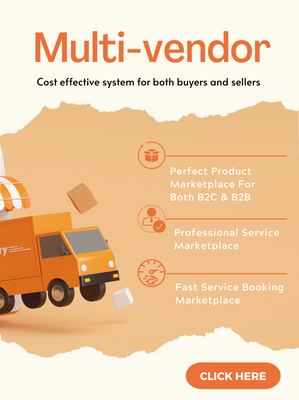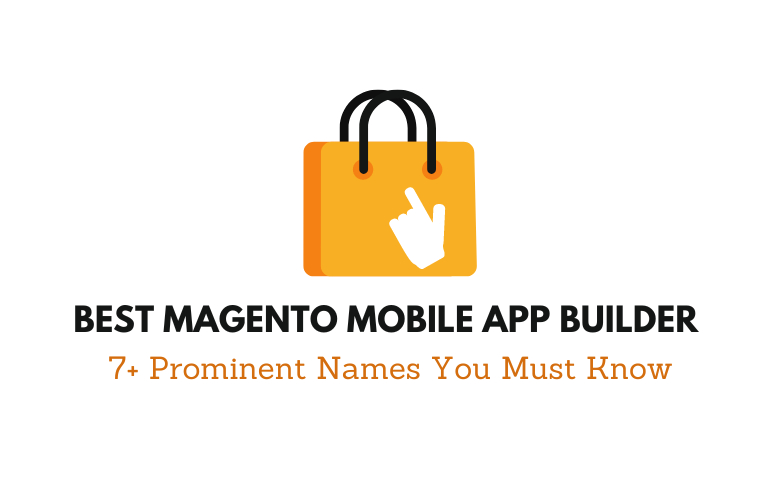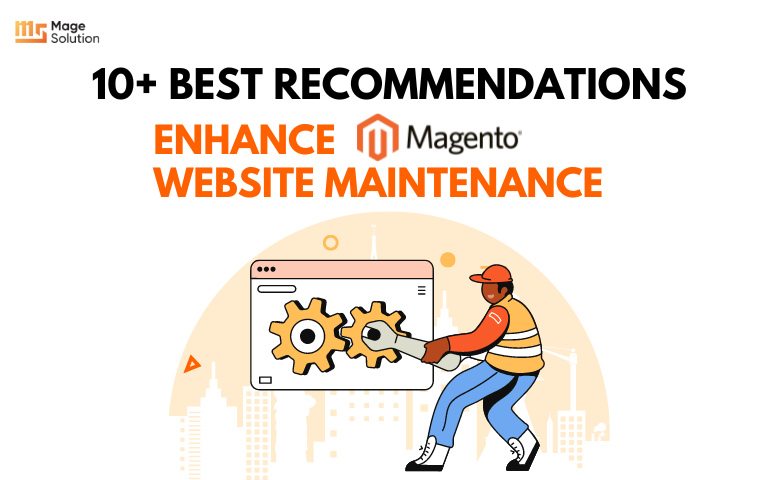Your cart is currently empty!
Homepage: 9 tips for an effective website
The performance of your business is directly proportional to the performance of your website homepage. To be more specific, your homepage needs to clearly communicate with your audience what you do, why you do it, and who you do it for. It’s easy to get caught up with how great you are as a business, that you forget to make sure we are addressing core concerns your audience has first and foremost. If you agree, you’re already aiming for the best possible first interaction between your brand and your first-time online visitors. Here are the 9 tips that help you build an effective website homepage
9 tips that help you build an effective website homepage
1. Simplify your homepage
Simplicity encourages usability and aesthetics. Instead of clogging your homepage with all kinds of elements, keep it simple. Simplicity will improve everything. Simplicity aids usability, improves aesthetics, and pleases the user. To be more specific:
- Leave plenty of room for white space. Put yourself in your customers’ shoes, visit your homepage, and identify the elements that aren’t really needed.
- Remove extraneous elements. The fastest way to achieve simplicity is to eliminate the unnecessary. In other words, get rid of everything you can.
- Keep your copy short and simple. To be more exact, make your website like other websites, but simpler.

2. Improve your content
Your homepage is a combination of design and copy. Both parts are equally important, so none should be neglected. When it comes to your content, there are a few aspects you should pay close attention to:
- Keep the most important information about your website or brand visible at the top. This includes the “contact”, “about us”, “how it works”, “FAQ”, or “blog” pages.
- Make your purpose obvious and clarify the problem you solve. If you can make that clear right away, you’ll capture a lot of people’s attention.
- Being vague about your products or services is not the way to go. You should tell exactly how you can help by listing specific benefits.
- Perhaps, add a mission statement. Let your prospects “know you” better by illustrating your higher mission.
- Focus your content on a primary target audience. People won’t convert if the value proposition you’re offering is mediocre.
3. Test your main message
Truly effective main messaging should tell users who your brand is, what you do, and/or what your value proposition is. Your copy should be original and approachable. The main messaging copy is always something that should be tested because a website element this important shouldn’t be determined based on gut feelings or guesswork. Test ways that your language can be more precise, or try different approaches to conveying the value of your products or services to the user. Always put users first — look for ways to emphasize what you can do for them.
4. Make it relevant and useable
To create a long-lasting impression, you’ll need to position your website properly. Simply put, you’ll need to make it relevant and usable, so your audience members can get from Point A to Point B without any hustle or challenges.
- Know your goal. If you want people to sign-up to your email list, make sure your content, design, and CTAs reflect that.
- Make your UVP (unique value proposition) visible. Every homepage should offer a value proposition to its users. Therefore, if you have a UVP, make sure it’s highly visible on the homepage.
- Reduce choice. To keep your users focused on the journey you have planned for them (the end goal), you should focus the entire attention of your homepage on that specific objective.
5. Respect the need for speed.
According to a recent study, 88 percent of Americans surveyed said they have a negative association with brands that have buggy websites and apps, and 83 percent said slow websites cause them to have a negative reaction to a brand or company. Further, 28 percent of respondents said they will go to a competitor’s website if the first website they visit takes too long to load. All in all, page speed is highly important because it contributes to a better user experience but also encourages a growth in search engine rankings. Respect the need for speed, and your homepage will improve itself.
6. Make your homepage responsive
Mobile responsiveness is no longer a “should” but rather a “must”. If you’re seeking SEO results, you should play along with Google’s game and make your site responsive and mobile-friendly as soon as you can. In 2016, an anonymous study reported that more than 62 percent of shoppers made purchases using their cell phones, and the 2016 stats show that over 90 percent of shoppers use their smartphones even while in retail stores for comparing prices and looking at product reviews. Further, 40 percent of consumers will go to a competitor if they have a bad experience with a mobile website.
7. Aim straight for conversions
Your homepage should aim straight for conversions. Based on your goal, (email signups, phone calls, new sales, etc.), design your visitor’s journey and make it simple and quick. Create strong CTAs (calls-to-action) using headlines, graphics, images, and even hyperlinks. Don’t let the visitor leave the homepage before taking the action you’ve planned for. To be more specific, Be sure to have a clear invitation to do just that: a button, a link or clear verbiage. Keep it above the fold if possible so that readers do not have to scroll before finding the call to action.
8. Track, measure and optimize your homepage consistently
To maintain your performance, you should always track, measure, and optimize your page on a regular basis. First, use the best analytics tools out there. Leverage their solutions to gain valuable data concerning your visitors’ behavior on the site, the clicks they make, the elements they avoid, and so on. Look for patterns and keep optimizing your page. When the performance drops, make a different alteration.
Lastly, ensure you have a clear target audience. Use surveys, ask questions on social channels and engage by commenting on Q&A platforms and forums. Gather the feedback and use it to improve the design and copy of your homepage. Repeat the process until you’re satisfied with your homepage’s results.
9. Be personal
No matter flawless your homepage may be, if you don’t give it a touch of your identity, your site will just like others. If companies want to remain competitive in the modern landscape, they not only need their web and mobile websites to engage the user and work as expected, but they also need to integrate their own creation for gripping customers. For example, your About page should not be a dry block of text about your company. It should have videos, photos, even maps and animation figures. Your personal touch will give your site its own unique selling point, which will flourish your site as a result.
Improving your website homepage is probably the simplest way of improving your traffic, engagement, and ultimately conversions. By leveraging our tips and tricks, you’ll find your performance skyrocketing in a matter of weeks. At Magesolution, our ecommerce testing and enhancement services ensure that your solutions operate smoothly and produce the required business results. For more information, you should click on the link below: MageSolution.



